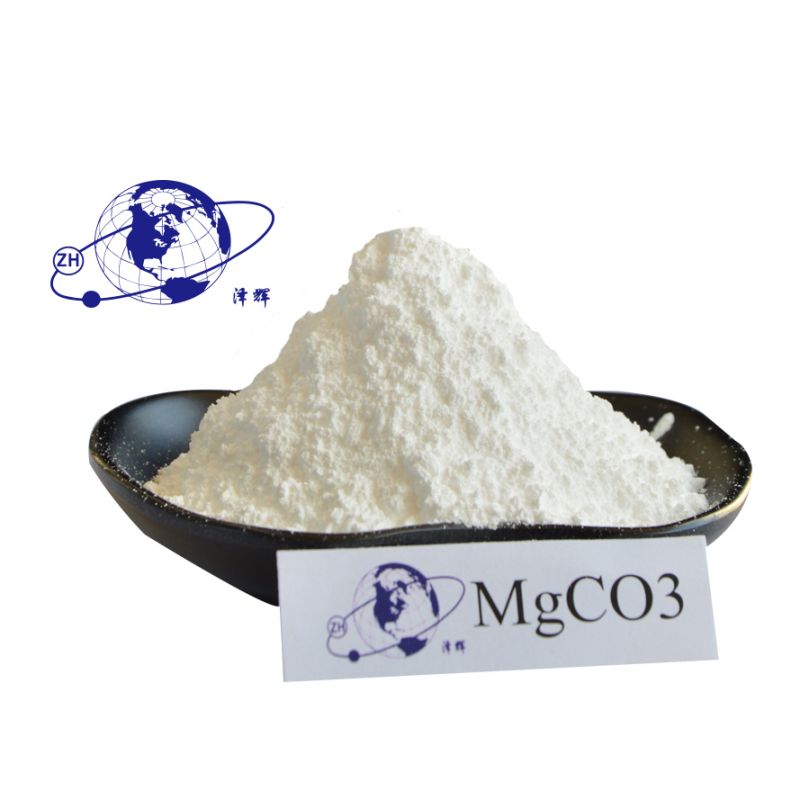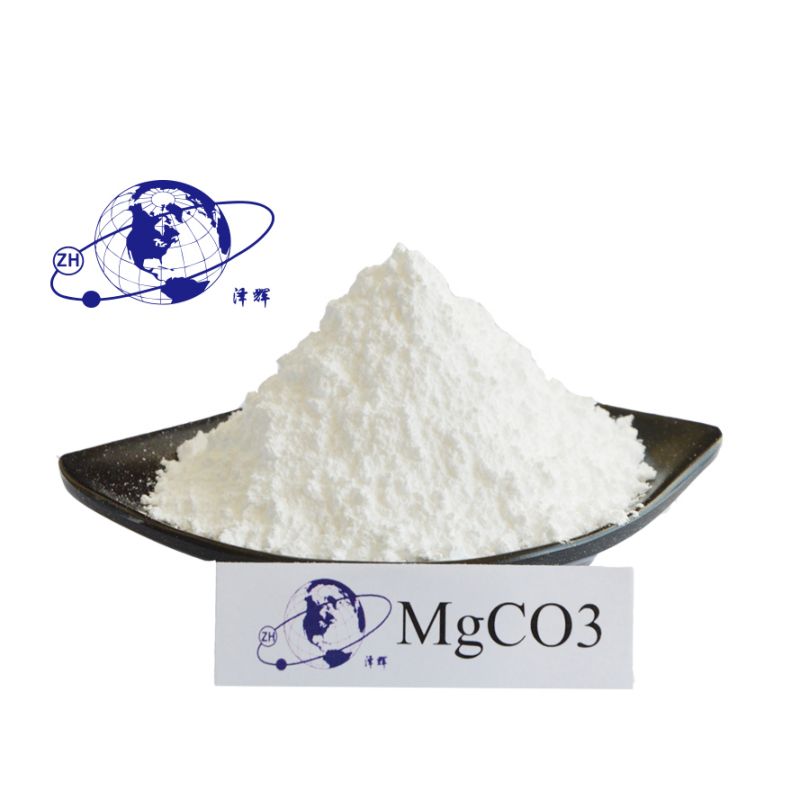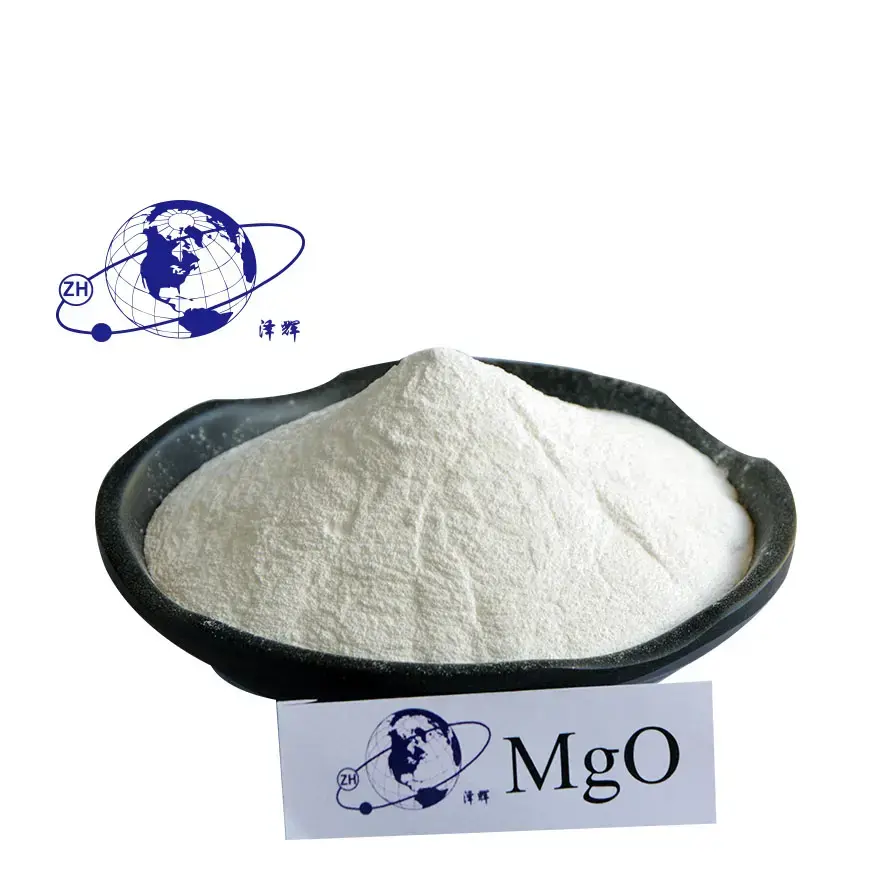Magnesium carbonate, MgCO3, is a widely used inorganic salt in various industries including paper, rubber, plastic, and chemicals. While it is a valuable raw material in these industries, magnesium carbonate also poses specific fire risks that need to be properly understood and addressed. In this article, we will explore the characteristics of magnesium carbonate fires and the key factors to consider when designing fire control measures for this substance.
Magnesium carbonate has low flammability and can only burn in the presence of a点火source. However, once ignited, magnesium carbonate fires can spread quickly and are difficult to extinguish. The primary factor that increases the difficulty in controlling magnesium carbonate fires is its high heat release rate and oxygen consumption rate. Additionally, magnesium carbonate powder can form thick smoke when burned, which can obscure vision and make it difficult to access the source of the fire.
To address the fire risks associated with magnesium carbonate, it is crucial to consider the following factors when designing fire control measures:
Magnesium Carbonate Fire Characteristics:
Magnesium carbonate fires are unique due to their fast-burning nature and difficulty in extinguishing. The high heat release rate of magnesium carbonate results in flames that reach high temperatures in a short amount of time. These fires also produce copious amounts of smoke that can quickly fill enclosed spaces and trap toxins inside, making it difficult for firefighters to breathe and see inside the affected area.
Understanding the Properties of Magnesium Carbonate:
It is important to have a comprehensive understanding of the physical and chemical properties of magnesium carbonate. This knowledge will help in selecting the most appropriate fire-fighting strategy for magnesium carbonate fires.
Controlling Ignition Sources:
Reducing the ignition sources in areas where magnesium carbonate is handled or stored is the first line of defense against fires. Electrical sources, including arc flash and short circuits, must be carefully controlled in such areas to prevent magnesium carbonate ignition.
Catastrophe Planning:
Since magnesium carbonate fires are difficult to extinguish quickly, it is essential to have a catastrophe planning exercise in place that involves all the relevant personnel and resources to respond to such emergencies effectively.
Fire Detection Systems:
Fire detection systems with sensors specifically designed to detect magnesium carbonate fires should be installed in all areas where magnesium carbonate is handled or stored. Such systems can detect fires early and trigger an alarm, allowing for early intervention.
Extinguishing Agents:
The selection of appropriate extinguishing agents is crucial in controlling magnesium carbonate fires. Class D fire extinguishers, which are designed for metal fires, should be used for magnesium carbonate fires as they are effective in controlling the spread of fire and reducing damage.
Employee Training:
It is vital to provide regular training to employees on magnesium carbonate fire safety measures and how to handle potential emergency situations involving magnesium carbonate fires.
In conclusion, while magnesium carbonate is a valuable raw material in various industries, it also poses unique fire risks that need to be carefully understood and addressed. Effective fire control measures should be designed based on a comprehensive understanding of magnesium carbonate’s properties and the key factors mentioned above to ensure employee safety and minimize damage in the event of a magnesium carbonate fire.<#
Post time: Oct-18-2023




